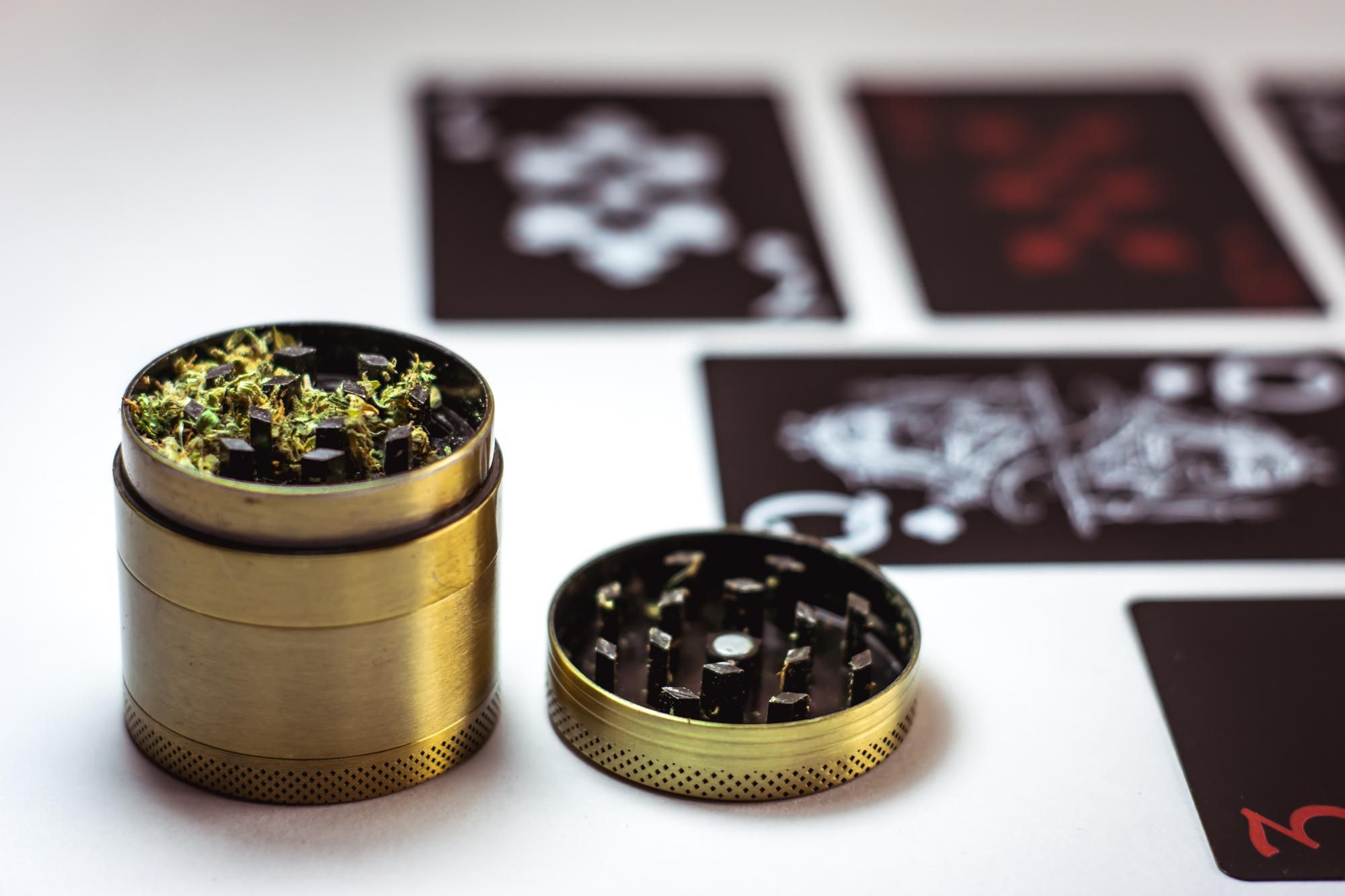Accessories: The Quiet Engine of Cannabis Commerce
The cannabis industry is often measured by the pounds of flower sold or the surge in demand for edibles and concentrates. Yet beneath those headline numbers lies a parallel economy that rarely takes center stage: cannabis accessories. Pipes, grinders, vaporizers, rolling papers, and storage containers may not hold the cultural cachet of premium flower or the intrigue of infused beverages, but they are indispensable to the consumer experience. As legalization expands, the role of accessories within the broader cannabis economy is quietly but steadily increasing.
Sizing the Market
Defining the accessory segment is not straightforward. Market researchers tend to group smoking accessories broadly, often combining tobacco and herbal tools with cannabis-specific devices. Grand View Research, for example, valued the global smoking accessories market at over $64 billion in 2021, with expectations of surpassing $70 billion by 2024. By comparison, Fortune Business Insights estimated the global cannabis market at $43.7 billion in 2022, with rapid growth projected toward $444 billion by 2030.
The lack of clear segmentation makes direct comparisons difficult. Still, analysts suggest cannabis-oriented accessories capture roughly 5–15 percent of total cannabis spending, depending on regional maturity and consumer trends. In markets like Canada and U.S. states with established recreational sales, that share appears to lean toward the higher end as consumers gravitate toward premium devices and specialized consumption tools.
The Economics of Consumption
Accessories represent a classic case of complementary goods. Just as the rise of coffee culture boosted demand for grinders, mugs, and espresso machines, the expansion of cannabis consumption inevitably feeds into demand for tools of preparation and enjoyment. Importantly, accessories also provide a lower barrier to entry for businesses. Unlike cannabis cultivation or retail, which require heavy regulatory compliance, accessories often sit in a lighter regulatory gray zone, making them attractive for startups and established consumer brands alike.
Margins are also attractive. While cannabis flower prices are subject to intense downward pressure in saturated markets, premium accessories—from artisan glass to high-tech vaporizers—can command stable or even growing profit margins. This positions accessories as a relatively resilient sub-sector amid the volatility of wholesale cannabis pricing.
Forces Driving Growth
Three economic forces underpin this segment’s expansion. First is legalization, which pushes more consumers into regulated channels where accessories are marketed alongside cannabis products. Second is premiumization, as consumers increasingly trade up from basic pipes to branded, design-driven devices. Third is innovation, with smart vaporizers and eco-friendly storage options catering to tech-savvy and sustainability-conscious buyers.
However, uncertainties remain. Accessories are still entangled with the broader tobacco and herbal markets, making precise measurement challenging. Regulatory shifts, particularly restrictions on online sales or imports, could also curb growth. And in markets where illicit consumption persists, accessory spending may not be fully captured in official estimates.
The Road Ahead
For economists tracking cannabis, accessories may appear like an ancillary detail. Yet in practice, they serve as a stabilizing and diversifying force in an industry often buffeted by pricing volatility and policy shifts. While unlikely to dominate cannabis revenue charts, accessories’ steady single-digit to low-teens share of market value ensures they remain a critical, if understated, pillar of the cannabis economy.

